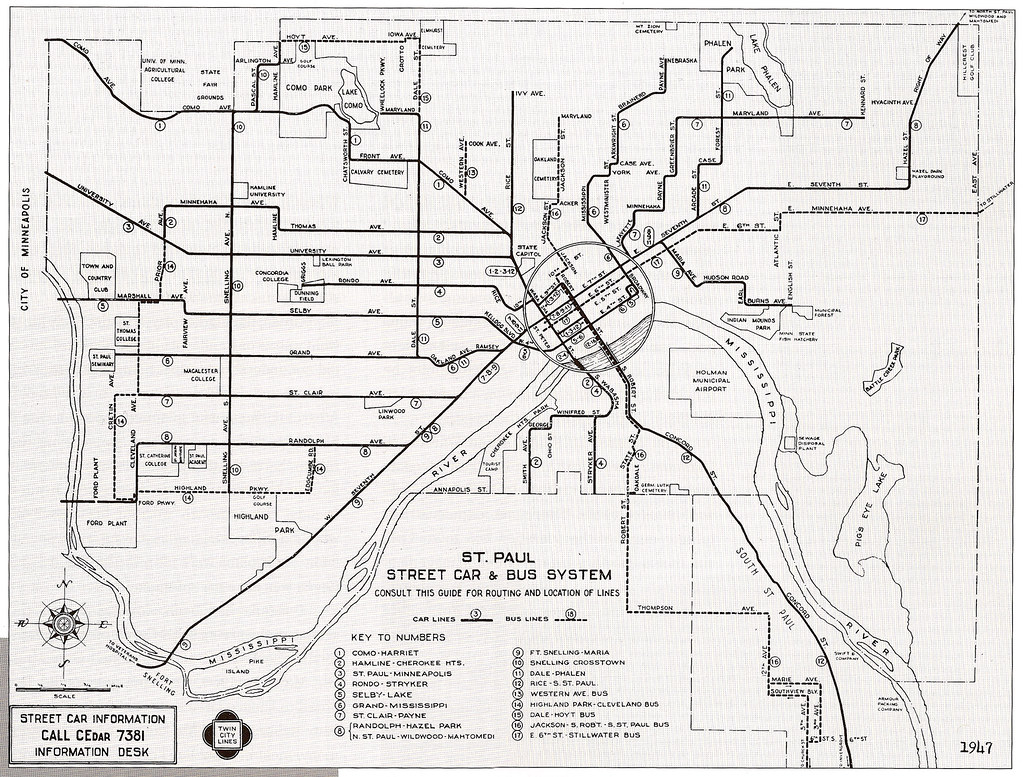Riding the bus can be a lifeline for many, offering an affordable and convenient way to navigate city streets. But anyone who’s ever waited impatiently at a bus stop knows the question that inevitably pops into mind: how do these scheduled buses actually manage to get to their stops on time, especially when traffic seems determined to thwart their efforts?
The answer, unsurprisingly, is a complex tapestry woven with sophisticated technology, experienced drivers, and a healthy dose of planning. It’s a constant battle against the unpredictable nature of urban environments, but here’s a peek behind the curtain at how transit agencies are working to keep buses running on schedule:
1. Meticulous Route Planning and Scheduling:
Analyzing Traffic Patterns: Before a bus route even exists, extensive data analysis is conducted. hey use this information to design routes that are efficient and realistic, taking into account rush hour slowdowns, school zones, and major event locations.
Realistic Schedules: Schedules aren’t pulled out of thin air. They’re carefully crafted to account for average travel times, buffer periods for unexpected delays, and layover times at the end of routes for drivers to take breaks and recover from potential disruptions.
Dynamic Scheduling: Modern transit agencies are increasingly using dynamic bus schedule for bus, which allows for real-time adjustments to routes and schedules based on current traffic conditions. This means a bus might be instructed to skip a stop or take a slightly altered route to avoid a major congestion point.
2. Leveraging Technology for Real-Time Management:
GPS Tracking and Real-Time Monitoring: Buses are equipped with GPS tracking devices that constantly transmit their location and speed back to a central dispatch center.
Automatic Vehicle Location (AVL) Systems: AVL systems integrated with traffic data provide a comprehensive view of the entire transportation network. Dispatchers can see exactly where buses are, how they’re progressing, and whether traffic is impeding their progress.
Traffic Prediction Algorithms: Sophisticated algorithms analyze historical and real-time traffic data to predict potential congestion points and delays. This allows bus operators to anticipate problems and make adjustments to their routes or speeds accordingly.
3. Prioritizing Public Transportation:
Dedicated Bus Lanes: These lanes, reserved exclusively for buses, help to bypass traffic congestion and maintain a more consistent speed. They are a crucial tool for ensuring on-time performance, particularly during peak hours.
Traffic Signal Priority (TSP): TSP systems allow buses to communicate with traffic signals, requesting extended green lights or shortened red lights as they approach intersections. This can significantly reduce delays and improve overall bus speed.
Bus Rapid Transit (BRT) Systems: BRT systems take prioritization to the next level, often featuring dedicated busways, signal priority, and off-board fare collection to create a faster and more efficient public transport experience.
4. The Human Element: Experienced Drivers and Responsive Dispatch:
Skilled Drivers: Bus drivers are more than just operators. They are trained to anticipate traffic conditions, navigate challenging routes, and handle unexpected situations with composure.
Responsive Dispatch: Dispatchers monitor the fleet, communicate with drivers, and make real-time decisions to address delays, reroute buses, and provide passenger information.
The Ongoing Challenge:
Despite all these measures, traffic remains a formidable opponent. Accidents, construction, and unexpected events can still cause significant delays. Transit agencies are constantly working to improve their systems and explore new technologies to further enhance on-time performance. This aspect includes things like:
Electric Buses: Contributing to cleaner air and potentially quieter operation.
Autonomous Buses (in the future): Potentially optimizing routes and reducing driver error.
Improved Communication with Passengers: Providing real-time updates on bus arrival times and potential delays through mobile apps and digital signage.
Ultimately, keeping bus schedule for bus is a collaborative effort involving meticulous planning, advanced technology, dedicated professionals, and a commitment to prioritizing public transportation. While the battle against traffic is never truly won, these strategies help to ensure that buses remain a reliable and efficient transportation option for millions of people every day. So, the next time you’re waiting at a bus stop, remember the complex ecosystem working behind the scenes to get that bus to you, hopefully, on time.
